Glazed tile blocks are a versatile and aesthetically pleasing building material that has been used for centuries to enhance the beauty of various architectural structures. From ancient civilizations to modern-day constructions, glazed tile blocks have stood the test of time, providing both functionality and style. In this comprehensive guide, we will delve into the world of glazed tile blocks, exploring their history, manufacturing process, uses, benefits, and maintenance tips. Whether you are a homeowner, designer, or architect, this article will provide you with all the information you need to appreciate and utilize glazed tile blocks in your next project.
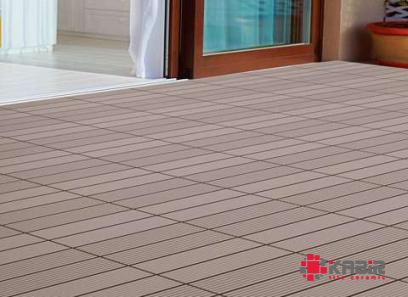
.
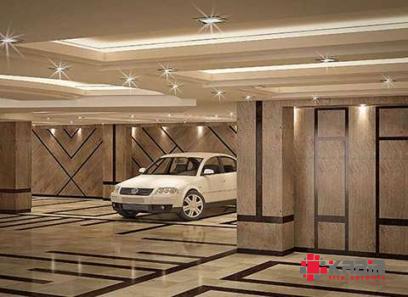 History of Glazed Tile Blocks: Glazed tile blocks have a rich history that dates back to ancient civilizations such as the Egyptians, Greeks, and Romans. These early civilizations were known for their advanced techniques in pottery and ceramics, which laid the foundation for the development of glazed tiles. The practice of applying a glaze to ceramic surfaces to create colorful and decorative designs became widespread across the Mediterranean region and eventually spread to other parts of the world through trade routes. During the Islamic Golden Age, glazed tile blocks reached new heights of sophistication and beauty, with intricate geometric patterns and vibrant colors adorning the walls of mosques, palaces, and public buildings. The art of glazed tile making continued to evolve over the centuries, with different regions developing their unique styles and techniques. Manufacturing Process of Glazed Tile Blocks: The manufacturing process of glazed tile blocks is a meticulous and labor-intensive craft that requires precision and skill. It begins with the selection of high-quality clay, which is mixed with water and other additives to create a workable clay body. This clay mixture is then shaped into blocks using molds or extrusion methods, depending on the desired size and shape.
History of Glazed Tile Blocks: Glazed tile blocks have a rich history that dates back to ancient civilizations such as the Egyptians, Greeks, and Romans. These early civilizations were known for their advanced techniques in pottery and ceramics, which laid the foundation for the development of glazed tiles. The practice of applying a glaze to ceramic surfaces to create colorful and decorative designs became widespread across the Mediterranean region and eventually spread to other parts of the world through trade routes. During the Islamic Golden Age, glazed tile blocks reached new heights of sophistication and beauty, with intricate geometric patterns and vibrant colors adorning the walls of mosques, palaces, and public buildings. The art of glazed tile making continued to evolve over the centuries, with different regions developing their unique styles and techniques. Manufacturing Process of Glazed Tile Blocks: The manufacturing process of glazed tile blocks is a meticulous and labor-intensive craft that requires precision and skill. It begins with the selection of high-quality clay, which is mixed with water and other additives to create a workable clay body. This clay mixture is then shaped into blocks using molds or extrusion methods, depending on the desired size and shape.
..
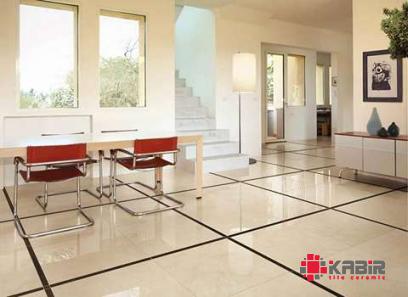 The next step involves applying a glaze to the surface of the ceramic blocks. The glaze is a mixture of silica, feldspar, and other minerals that melt and fuse with the clay body during the firing process, creating a durable and waterproof finish. The glaze can be customized to achieve a wide range of colors and textures, allowing for endless design possibilities. Once the glaze has been applied, the glazed tile blocks are fired in a kiln at high temperatures to harden the clay body and vitrify the glaze. This firing process transforms the clay into a solid and non-porous material, making the glazed tile blocks resistant to water, stains, and wear. Uses of Glazed Tile Blocks: Glazed tile blocks have a wide range of uses in both interior and exterior applications. In indoor spaces, they are commonly used as decorative wall accents, backsplashes, and flooring in kitchens, bathrooms, and living areas. The vibrant colors and unique patterns of glazed tile blocks can add character and style to any room, creating a focal point that captures attention. In outdoor settings, glazed tile blocks are often used to embellish facades, courtyards, and garden walls, adding a touch of elegance and sophistication to the landscape.
The next step involves applying a glaze to the surface of the ceramic blocks. The glaze is a mixture of silica, feldspar, and other minerals that melt and fuse with the clay body during the firing process, creating a durable and waterproof finish. The glaze can be customized to achieve a wide range of colors and textures, allowing for endless design possibilities. Once the glaze has been applied, the glazed tile blocks are fired in a kiln at high temperatures to harden the clay body and vitrify the glaze. This firing process transforms the clay into a solid and non-porous material, making the glazed tile blocks resistant to water, stains, and wear. Uses of Glazed Tile Blocks: Glazed tile blocks have a wide range of uses in both interior and exterior applications. In indoor spaces, they are commonly used as decorative wall accents, backsplashes, and flooring in kitchens, bathrooms, and living areas. The vibrant colors and unique patterns of glazed tile blocks can add character and style to any room, creating a focal point that captures attention. In outdoor settings, glazed tile blocks are often used to embellish facades, courtyards, and garden walls, adding a touch of elegance and sophistication to the landscape.
…
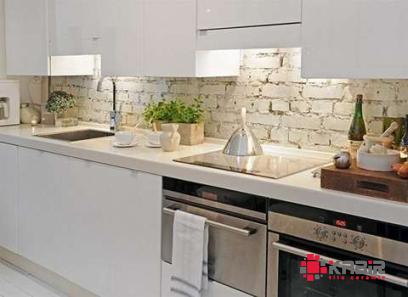 Whether used in traditional or contemporary designs, glazed tile blocks can elevate the visual appeal of any architectural project, making a lasting impression on guests and passersby. Benefits of Glazed Tile Blocks: There are numerous benefits to using glazed tile blocks in construction and design projects. One of the key advantages is their durability and longevity. Glazed tile blocks are resistant to moisture, stains, and fading, making them ideal for high-traffic areas and outdoor environments. Their hard surface is easy to clean and maintain, requiring minimal effort to keep them looking new for years to come. Another benefit of glazed tile blocks is their versatility in design. With a wide range of colors, shapes, and sizes available, designers and homeowners can create custom patterns and layouts that suit their unique aesthetic preferences. Whether you prefer a bold and vibrant look or a subtle and understated style, glazed tile blocks can be tailored to fit any design concept. Furthermore, glazed tile blocks offer thermal and acoustic insulation properties, helping to regulate temperature and reduce noise levels within a space. This can lead to energy savings and increased comfort for occupants, making glazed tile blocks a practical and sustainable choice for building projects.
Whether used in traditional or contemporary designs, glazed tile blocks can elevate the visual appeal of any architectural project, making a lasting impression on guests and passersby. Benefits of Glazed Tile Blocks: There are numerous benefits to using glazed tile blocks in construction and design projects. One of the key advantages is their durability and longevity. Glazed tile blocks are resistant to moisture, stains, and fading, making them ideal for high-traffic areas and outdoor environments. Their hard surface is easy to clean and maintain, requiring minimal effort to keep them looking new for years to come. Another benefit of glazed tile blocks is their versatility in design. With a wide range of colors, shapes, and sizes available, designers and homeowners can create custom patterns and layouts that suit their unique aesthetic preferences. Whether you prefer a bold and vibrant look or a subtle and understated style, glazed tile blocks can be tailored to fit any design concept. Furthermore, glazed tile blocks offer thermal and acoustic insulation properties, helping to regulate temperature and reduce noise levels within a space. This can lead to energy savings and increased comfort for occupants, making glazed tile blocks a practical and sustainable choice for building projects.
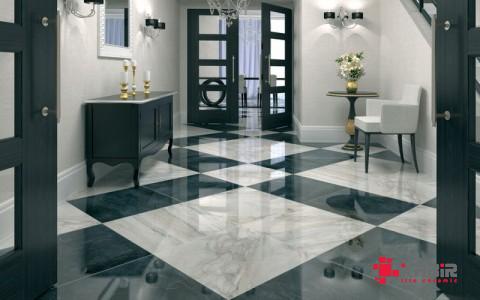
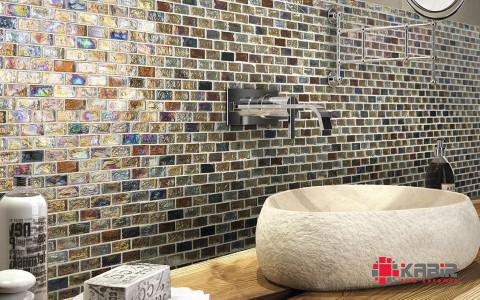
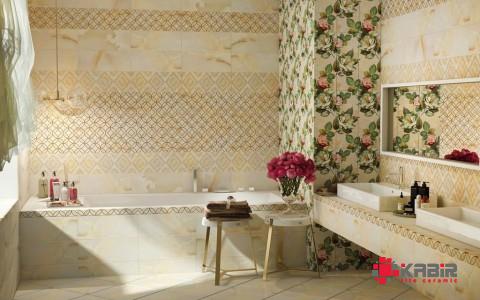
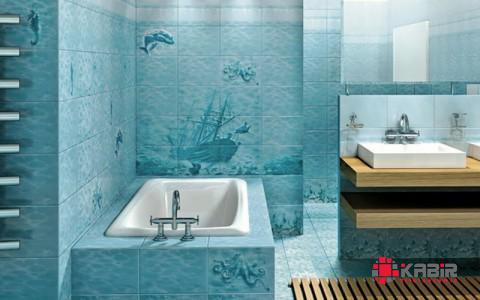
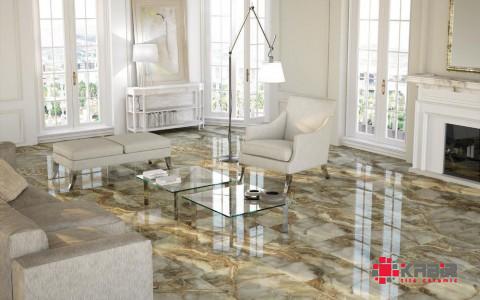
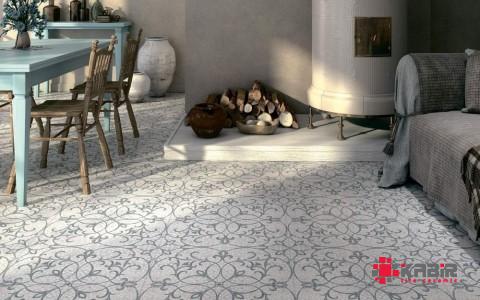
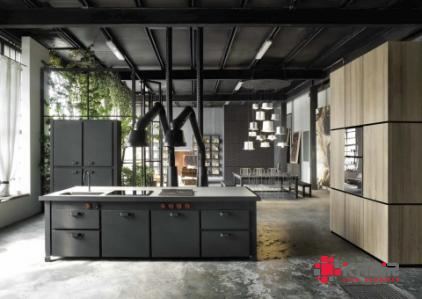
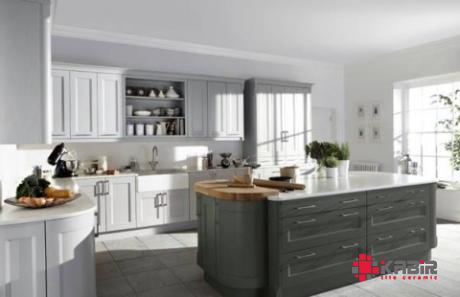
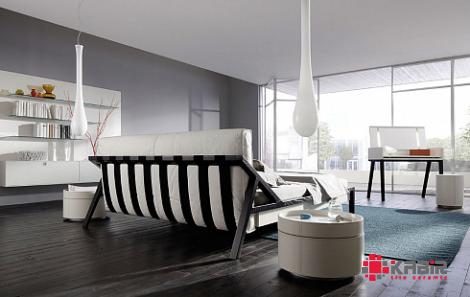
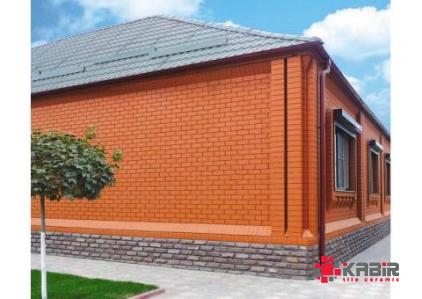
Your comment submitted.